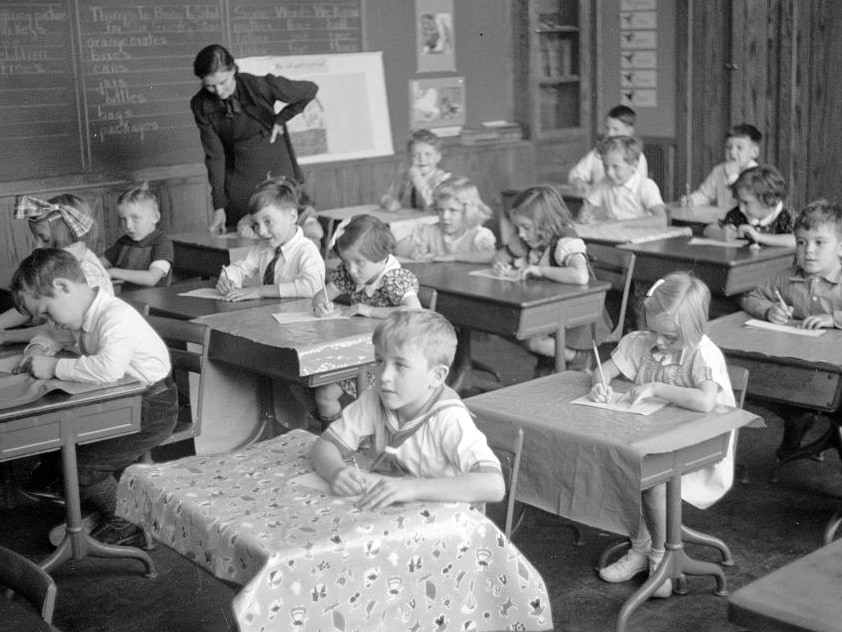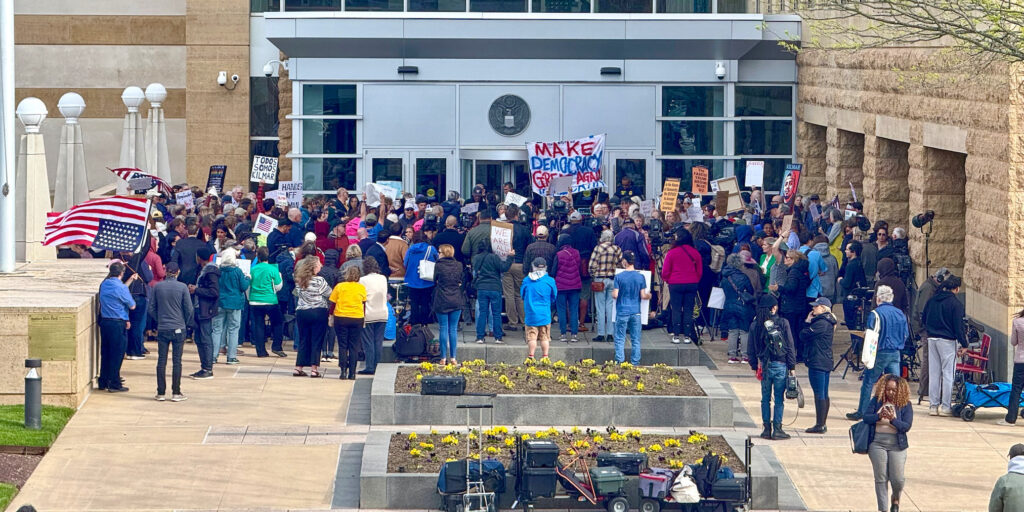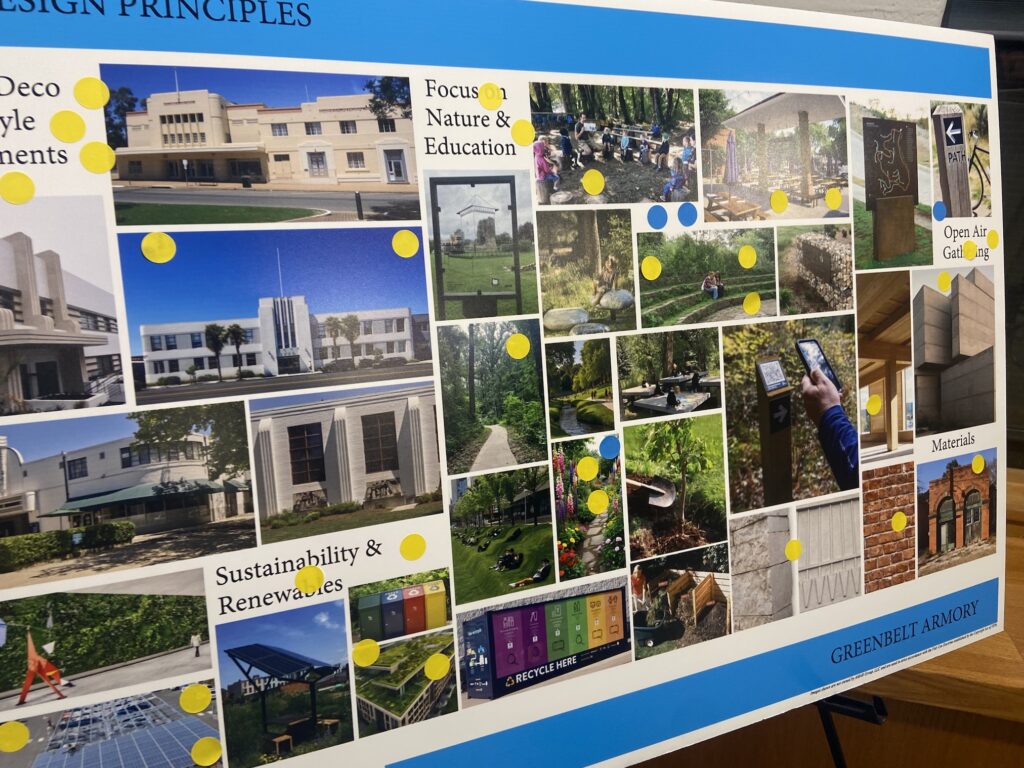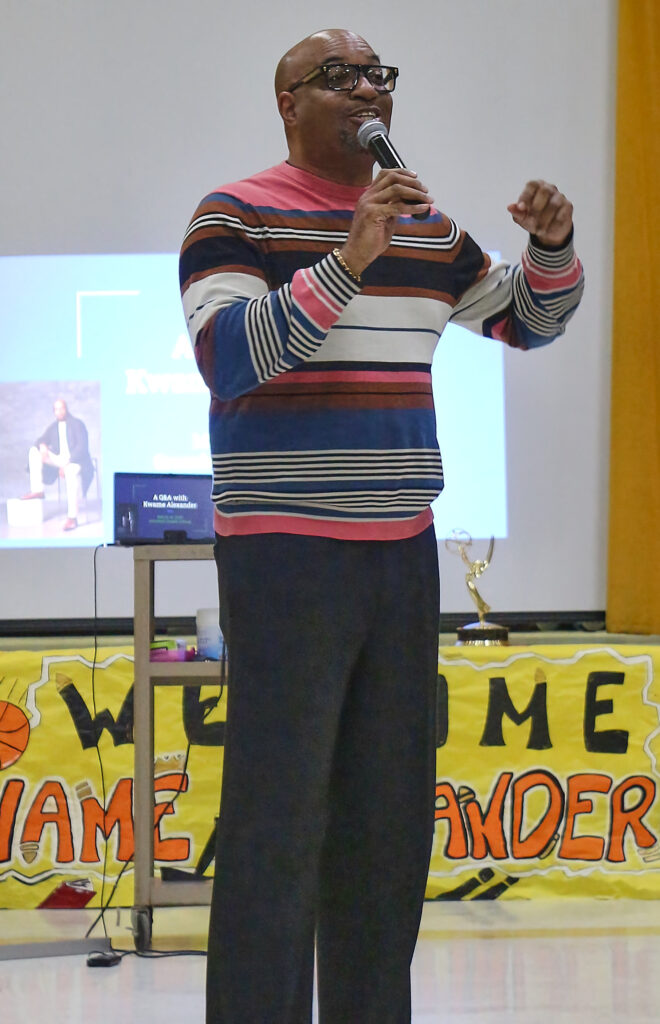Part 2 of 2
Greenbelt’s construction and the early years of life in the community were well documented by photographers employed by the federal government’s Resettlement Administration (RA) and the Farm Security Administration (FSA), which succeeded it. The Greenbelt photos are part of the FSA/Office of War Information (OWI) Photograph Collection, which documented American life between 1935 and 1944. After World War II, this photo collection was transferred to the Library of Congress for cataloguing and preservation. Digital versions of the photos are available online at loc.gov/pictures.
The documentary photo project was launched and headed by Roy Stryker, a colleague at Columbia University of Rexford Tugwell who, as head of the RA, oversaw the planning and construction of Greenbelt. Among the photographers initially hired by Stryker were Carl Mydans, Arthur Rothstein, Marion Post Wolcott, John Vachon and Russell Lee, all of whom took photos in Greenbelt. Another photographer of Greenbelt, Marjory Collins, was hired later, when the FSA photo unit had been shifted to the OWI. All six became well known for their photojournalism and had varied and interesting careers. Charlotte Park also took some photos in early Greenbelt, including some aerial views from the Goodyear Blimp in 1936 when the town was under construction, but this reporter could learn little else about her.
Mydans, Rothstein and Post Wolcott were covered in an article in the January 20, 2022, issue of the News Review (greenbeltnewsreview.com/issues/GNR20220120.pdf). This week the focus is on Vachon, Lee and Collins.
John Vachon
John Vachon took far fewer photos of Greenbelt than the other FSA photographers, but he lived in Greenbelt for four years and, according to the Greenbelt Cooperator, was “one of Greenbelt’s few celebrities” (see greenbeltnewsreview.com/issues/coop19431008.pdf). Interestingly, Vachon’s wife, Millicent “Penny,” was mentioned more frequently in the Cooperator than he was because she was active in the Greenbelt Nursery School and was president of the Parents’ Board for a time.
Vachon had come to Washington from his native Minnesota to attend Catholic University and got a job as an assistant messenger for the FSA before being recruited to the photo unit by Stryker. His main responsibility there was to maintain the FSA photo file, but he became increasingly interested in photography, borrowed camera equipment, practiced some on weekends, got tips from Walker Evans and other FSA photographers and went along with Arthur Rothstein on his photo assignment in the Blue Ridge Mountains. Vachon’s first solo trip was to Nebraska in the fall of 1938, where he photographed FSA agricultural programs.
In the early 1940’s Vachon became a staff photographer for Standard Oil, which Stryker had gone to work for, and photographed oil refineries, pipelines and such. He served in the army in 1944-45 and after his discharge took more assignments for Standard Oil and for the United Nations Relief and Rehabilitation Administration. He then became a staff photographer, first for Life magazine and then Look magazine, doing freelance photography after the magazines folded. He won a Guggenheim fellowship in 1973, was a visiting professor at the Minneapolis Institute of Art and died in 1975 at the age of 60.
Russell Lee
Russell Lee took 18 photos in Greenbelt in February 1938; most were of the pre-fabricated Parkbelt homes. He did photographic studies of San Augustine, Texas, in 1939 and Pie Town, N.M., in 1940, and in 1942 was one of several government photographers who documented the internment of Japanese Americans. Lee served in the Air Transport Command during World War II, photographing all airfield approaches used by the ATC to supply the Armed Forces. He worked for the U.S. Department of the Interior in 1946 and 1947, taking thousands of photos of coal miners and their working conditions, while also taking some public relations photos for Stryker at Standard Oil. Lee then moved to Texas and became the first instructor of photography at the University of Texas in 1965. He died in 1986 at the age of 83.
Marjory Collins
Marjory Collins began her photojournalism career in New York City in the mid-1930s, studying informally with avant-garde photographer Ralph Steiner and taking photos for PM magazine and U.S. Camera. She joined Stryker’s team of documentary photographers in 1941 and carried out nearly 50 assignments about American life and contributions of ordinary citizens to the war effort. Her Greenbelt photographs were shot in May-June of 1942 and included photos of the Cooperator staff, the Greenbelt Community Band, the community gardens, school activities and events, including the high school prom, and other aspects of Greenbelt life back then.
During the war, Collins worked closely with John Vachon and Gordon Parks in a photographic study of African Americans and her assignments often focused on women and on ethnic communities. Some of her photos were used in publications dropped behind enemy lines to let people there know that the U.S. was sympathetic to their plight. After leaving her federal job, she did freelance work around the U.S. and internationally and worked as an editor and writer. She also participated in social and political causes including civil rights, Vietnam War protest and the women’s movement. She was doing research for a photo exhibition on women’s history when she died in 1985 at the age of 73.
Sources
The information in this article was drawn from the Library of Congress website (loc.gov) and from Wikipedia and other webpages about each of these photographers. Interested readers are encouraged to explore the photos by these and other FSA/OWI photographers in the Library of Congress digital photo collection.




